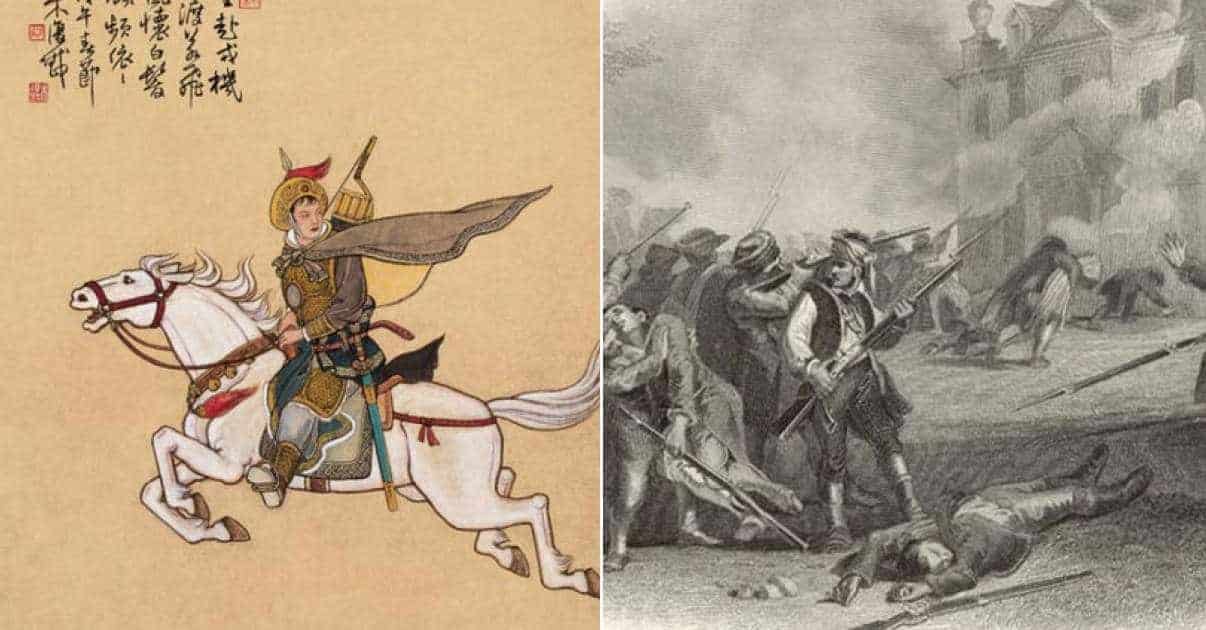Women have been choosing to don the uniform of a country’s military for many years now. These days, to pass a woman on the street clothed in military dress would barely warrant a second glance. Even more recently, the bar has been lifted for women to begin serving and leading in front-line combat units – at least in the United States and a few other countries. But it wasn’t too long ago that women were not allowed to openly serve in the military and to be able to prove that their mettle could be just as strong as a man’s.
In fact, they often had to disguise themselves as men in order to demonstrate their courage under fire or to just be allowed to serve that time. We will present just a few examples of these trailblazers – and rulebreakers – who proved that gender is not a barrier to one’s abilities. The stories of these women from across the globe also show that this theme of women defying the gender norms of their societies is indeed a common thread which spans across time and geography. We hope that you will be intrigued and inspired by the tales of these courageous past women warriors. So read on!

One more point before we continue. It may too bold to consider the women who “cross-dressed” back then were an early version of what we know now as today’s transgender community. While this may have been the case, as you may read with one of the stories – and quite possibly the last story in this post as well, you may find that the motivations of these women were probably very similar to many men who felt the need for adventure or to answer their patriotic call. They may have once dressed as men but many had little difficulty in shedding this role to regain their “femininity.” Several of these women even had children and raised families. Maybe the best analogy to describe these women is to never judge a book by its cover.

Sarah Edmonds
Sara Emma Edmondson was born in Canada. But when she was just 16 years old, she left both her abusive father and an arranged marriage and changed her name to Edmonds. It may also have been because of these reasons that drove her to immigrate to the United States and to secure work as a traveling salesperson – in the dress of a man. She took on the name of “Franklin Thompson” to complete this transformation. This might have been it for “Mr. Thompson” had it not been for the outbreak of the Civil War. As a supporter of the Union, she took her beliefs – and her disguise – to enlist in the 2nd Michigan Infantry. The regiment served in several battles until Edmonds contracted malaria in 1863. Fearing being discovered during a medical exam, she left her unit and was subsequently charged with desertion. However, she continued to serve the Union cause as nurse – this time as her original female self.
But her story does not end here. Edmonds later published her memoirs, Nurse and Spy in the Union Army, about her experiences during the war. Her fellow veterans rallied to her cause and also successfully petitioned Congress to clear her desertion charges and allow her to receive a military pension, which she finally received in 1884 – the only woman to be awarded one from the Civil War. Edmonds died in Texas in 1898 but was later reburied with military honors in 1901 in Houston.

